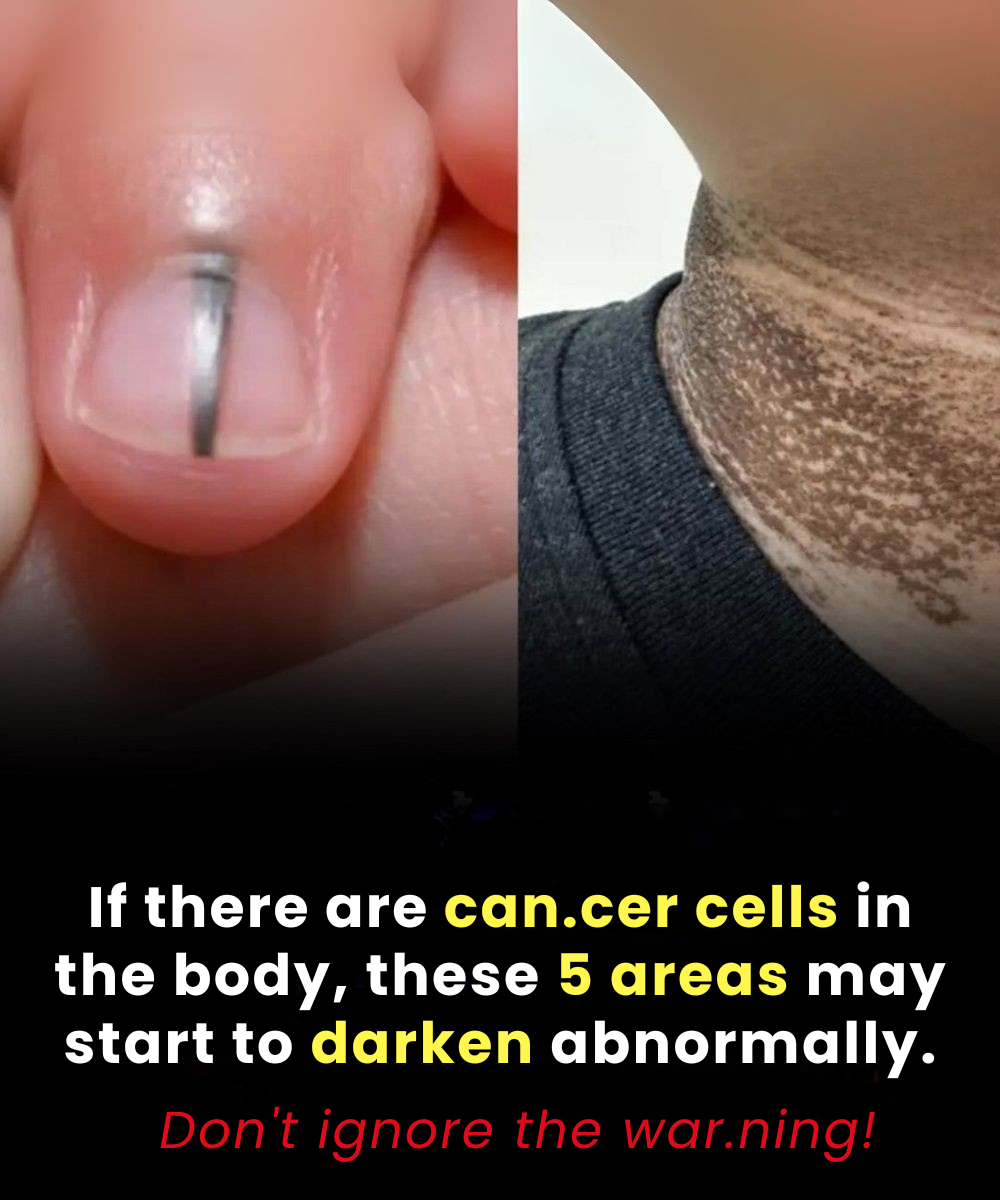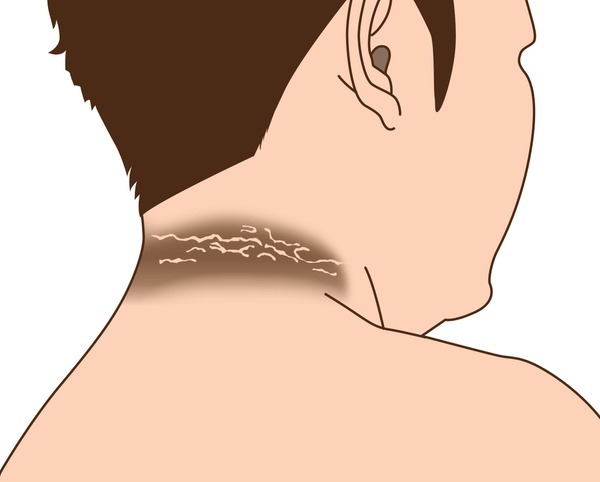
Our skin often reveals more than we realize. Changes in color, texture, or unusual markings can sometimes serve as early warnings of underlying health conditions. While not every dark patch is dangerous, abnormal skin darkening—known as acanthosis nigricans—can, in rare cases, signal hidden cancers.
Acanthosis nigricans causes skin to become darker, thicker, and sometimes velvety in texture. It is more commonly linked to conditions like diabetes, obesity, or hormonal imbalances. However, in some instances, it has been associated with serious illnesses such as stomach cancer, liver cancer, or lymphoma.
Below are five areas of the body where unusual darkening should never be overlooked.
1. Neck

The neck is one of the most common areas where abnormal pigmentation appears. If your skin looks persistently “dirty” despite washing, or feels thicker than usual, this could be more than a cosmetic concern. Certain cancers release hormones and proteins that disrupt skin cell growth, leading to this kind of discoloration.
2. Armpits
While deodorant use or friction can cause darkness in the armpits, sudden, velvety, thickened patches may be a red flag. In some cases, cancer-related acanthosis nigricans shows up in hidden areas like the underarms and develops without an obvious cause.
3. Groin
Because this region is usually covered, changes can go unnoticed for a long time. If skin in the groin becomes darker, itchy, or rough, and the change progresses quickly, medical evaluation is important. Internal cancers—particularly stomach or liver cancers—have been linked to pigmentation in this area.
4. Elbows and Knees

It’s normal for elbows and knees to be slightly darker due to friction. But a sudden, dramatic change in color and thickness may be concerning, especially if lotions and exfoliation don’t help. This could signal a deeper internal issue affecting skin health.
5. Around the Lips and Eyes
Discoloration around the mouth or eyes is often dismissed as fatigue or sun exposure. However, unusually dark, uneven patches that resist skin treatments should be taken seriously. When linked to cancer, these changes typically progress slowly but steadily.
Why Does This Happen?
Cancer cells can interfere with normal metabolism, releasing growth factors that overstimulate skin cells. This leads to abnormal thickening and excess pigmentation. While most cases of skin darkening are harmless, sudden or unexplained changes—especially if accompanied by weight loss, fatigue, or digestive issues—deserve medical attention.
What You Should Do
If you notice new darkened areas that don’t improve with lifestyle changes, consult a dermatologist or physician. Simple tests and a physical exam can often determine whether the pigmentation is benign or a sign of something more serious.
Early detection saves lives. Paying attention to subtle changes in your skin could be the first step in identifying—and treating—serious conditions like cancer.